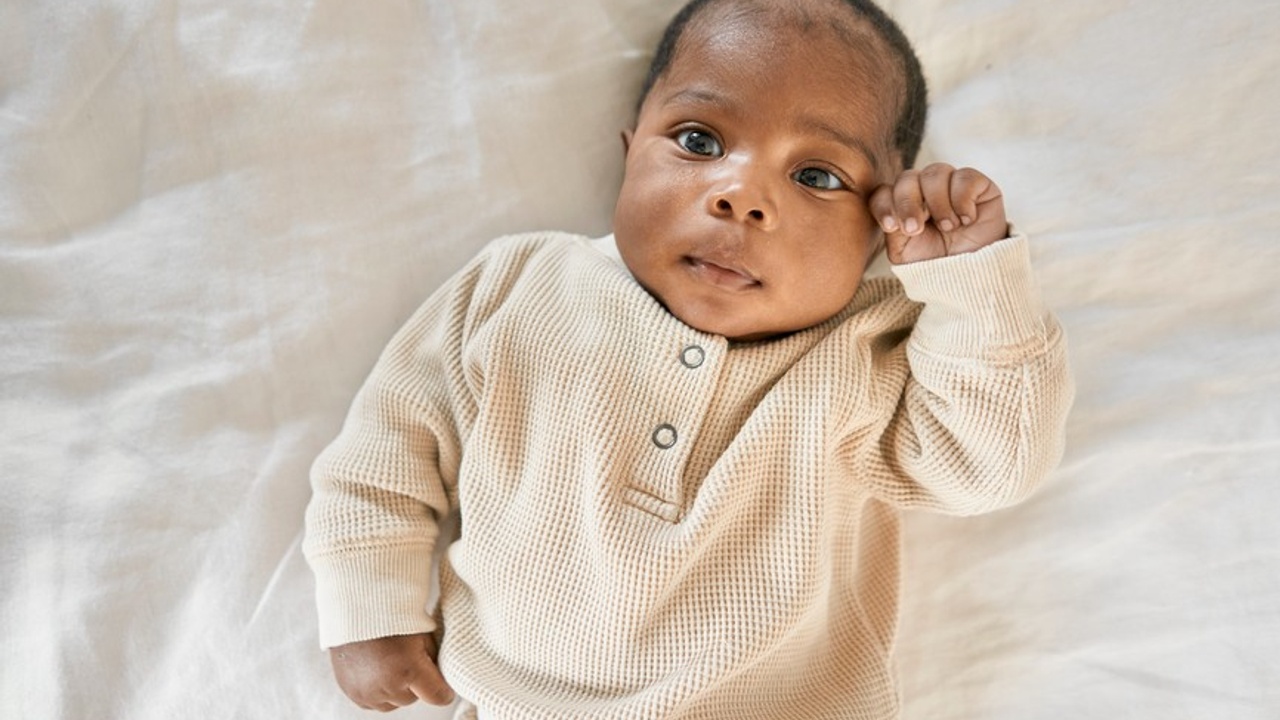Baby’s Wake Windows or Tired Cues: Which is More Important?
Jul 26, 2022
If you’re familiar at all with baby sleep training or baby sleep terms, you’ve likely heard of “wake windows” and “tired cues”. You’ve been told to pay attention to both of them, but which one trumps the other?
Do you put your baby down as soon as you notice those very first tired cues? Or do you wait until the end of their wake window? The truth is, they should be used together, AND in conjunction with an eat-play-sleep flow.
Here’s why understanding both your baby’s wake windows and your baby’s tired cues are essential, and how to determine when one may be more important than the other in order to help your baby sleep better and longer.
Wake Windows
A wake window is the amount of time that a baby can handle being awake without becoming overly stimulated and overly tired. These wake windows are based on developmental age, so if you have a baby that was born prematurely be sure to use their adjusted age when figuring out their wake windows!
As soon as you pick your baby up from the crib or bassinet, your baby’s wake window should start and should include your baby’s feed, diaper change, and playtime. Once the end of your baby’s wake window nears, it’s time to start the nap routine and put your baby right back down into their crib.
Here is what I recommend for wake windows, dependent on age:
- 0-8 weeks: awake for 45-60 minutes
- 2-3 months: awake for 90 minutes MAX
- 3-6 months: awake for 2 hours MAX
- 6-9 months: awake for around 3 hours MAX
- 9-12 months: awake for around 3-4 hours MAX
- 12-18 months: awake for 5 hours MAX
Want an easy-to-save on your phone digital chart of all wake windows, nap transitions, and sleep needs by age? CLICK HERE to download my Free Sleep Tips for ages 0-3 years old!
Tired Cues
Babies are always giving us cues, but figuring out exactly what they mean can be daunting and easy to misinterpret or miss completely; Like crying - are they hungry, tired, in pain…?)
On the other hand, some babies don’t show very obvious tired cues, and waiting for a sign can mean your baby ends up being awake for way too long (which is why wake windows are so important!).
Here’s a list of cues to watch for and to give you an idea of when to put your baby down in order to get optimal rest AND avoid having them fight sleep due to being overly tired!
Early Tired Cues - Once you start to see one or more of these early tired cues, it’s time to start a brief nap routine and put them down for sleep:
- Rubbing eyes/nose
- Pulling ears
- Zoning out/cranky
- Less social/clingy
- Red brows/eyes
Late Tired Cues - If your baby starts exhibiting the following signs, it’s a red flag that they are nearing an overtired state (if not already there) and should be put down ASAP:⠀⠀
- Yawning
- Crying
- Difficult to calm
- Turning away
- Hyperactivity ⠀⠀⠀⠀⠀⠀⠀⠀’
It’s also important to note that many of these cues CAN look identical to hunger cues. Especially your baby turning their head to avoid stimulation, because it looks like rooting toward the chest. The easiest and best way to differentiate between hunger and tired cues is to follow an eat-play-sleep schedule!
This will help you to know if the cues your baby is exhibiting are tired or hungry cues, and to be able to put them down at the most effective time!
Check out this blog for more about an eat-play-sleep flow and why it’s useful!
Wake Windows vs. Tired Cues
Following the wake window specific to your baby’s age, along with your baby’s specific tired cues, is the key to finding the perfect time to put your baby down for a nap!
Ultimately though, your baby’s wake window is often more critical than their tired cues. Since wake windows are the MAX amount of time your baby can tolerate being awake, it’s important to lay your baby down for sleep by the end of their wake window even if they haven’t shown any tired cues yet!
Putting an overtired baby down for a nap is not easy, and waiting until your baby’s wake window has passed will likely result in an overtired, fussy baby!
Learning your baby’s specific wake window and specific tired cues can be confusing and even overwhelming (especially since they are ever-changing as your baby grows!), but can be so helpful in ensuring that your baby gets the most out of their sleep and the best rest possible.
If you find yourself still struggling with your little one’s sleep, please know that you are not alone and that I am here to help. Download one of my comprehensive sleep guides! They’re broken up by age and provide step-by-step instructions on how to help your baby sleep longer and better over time.
Need help transforming your child's sleep? Check out my sleep offerings for children 0-3 years old!
Want to receive updates from Baby Sleep Dr. straight to your email?
Join my mailing list to receive the latest news, blogs, and updates! Don't worry, your information will not be shared.
I hate SPAM. Your information, for any reason, will never be shared with a third party.

